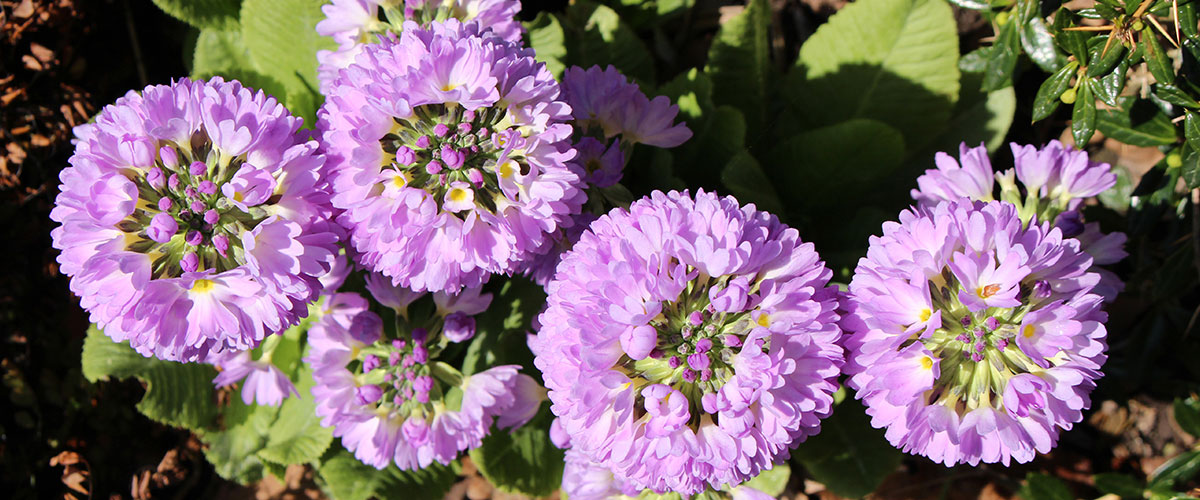How to Grow a Blossoming Patio Garden
Nothing captures the joy of spring quite like a beautiful garden. Since most of our senior apartments at Freedom Village offer gorgeous patios, we see many residents create beautiful patio gardens every year. Aside from the inherent beauty, there are many beneficial reasons to keep a garden. According to a
2017 study in Preventive Medicine report, gardening reduces symptoms of depression and anxiety, and the practice of growing plants can improve your mood day to day. So here are some tips to improve your chances for a lush, lovely patio garden.
Choose native plants
Select plants that are naturally found in the region. Growing native plants is important for the local ecosystem. Introducing foreign species of plants risks introducing potentially damaging pests and damaging the existing wildlife that has evolved alongside native plants.
Consider the sun
Does the sun flood your patio for several hours per day, or is it mostly shaded? Choose plants that can thrive with the amount of sunlight on your patio. Here are some Michigan native plant suggestions based on your available sun exposure:
For Sunny Patios:
- Butterfly weed
- Purple coneflower
- Columbine
- Black-eyed Susan
- Evening primrose
- Western sunflower
- Cylindrical blazingstar
For Shady Patios:
- Astilbe
- Spiderwort
- Trillium (This is a protected plant. Only source trillium from a reputable vendor)
- Bleeding heart
- Rose drumstick primrose
- Virginia bluebells
Watch your watering
Some plants like very wet, almost swampy soil. Others simply need to stay moist. Still others can thrive even in the driest conditions. Take special notice of your plants’ water requirements when you choose them. If you’re including multiple plants in the same pot, select plants that require a similar amount of water. And, unless your plant thrives in very wet soil, make sure every pot has sufficient drainage, so you don’t drown the roots
Creating a watering schedule can help you keep your patio garden hydrated and blooming.
Select good soil, then feed it
Organic potting soil provides more minerals and nutrients than synthetic potting soil, and it doesn’t contain harmful chemicals and pesticides. Once you’ve selected a quality natural potting soil, feed your plants two or three times per growing season by adding organic fertilizers with additional macronutrients. Because containers limit plants’ ability to send out roots to seek out more nitrogen, phosphorus and potassium, it’s important to add them with fertilizer.
Know your habits
To set yourself up for the best success with your garden, start by determining roughly how much time you want to spend tending it. Do you want your hands in the soil every day, or are you more of a weekly waterer? Select plants that only need the amount of care you’re willing to provide
Don’t throw away the instructions
When you buy your plants, they will come with a plant tag that outlines important information about it, including growth patterns, sun tolerance, water requirements, fertilizer specifications and care advice. Keep your plant tags. You can store them in the container with the plant itself or in a safe place where you can refer to them as you need.
Ready to build your own blossoming patio garden? Explore our independent living floor plans — we offer private screened-in or three-season patios in most of our senior apartments, and they’re perfect for a gorgeous plant display.



